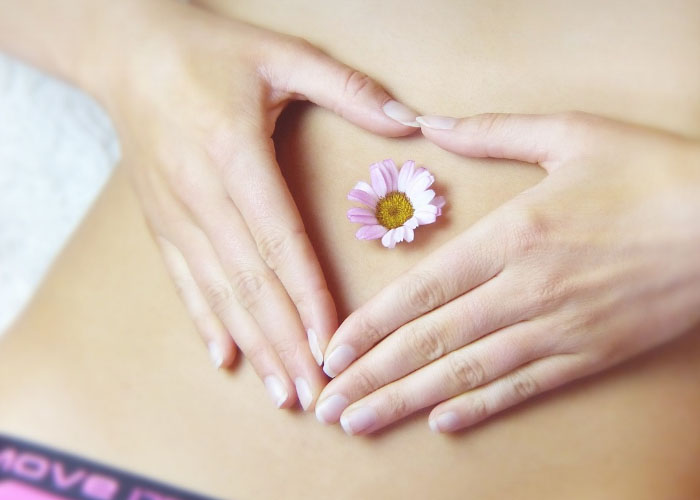Antibiotics, while crucial for combating bacterial infections, can significantly disrupt the delicate balance of the gut microbiome. This disruption, often referred to as dysbiosis, can lead to various health issues. Fortunately, several strategies can aid in restoring a healthy gut microbiome following antibiotic use.
One primary approach involves dietary modifications. Consuming a diverse range of fiber-rich foods, such as fruits, vegetables, and whole grains, provides nourishment for beneficial gut bacteria. These bacteria ferment the fiber, producing short-chain fatty acids (SCFAs) like butyrate, which are vital for gut health. Furthermore, incorporating fermented foods like yogurt, kefir, and sauerkraut introduces beneficial bacteria directly into the gut, helping to repopulate the depleted microbial community.
Probiotic supplementation represents another avenue for microbiome restoration. Probiotics are live microorganisms that, when administered in adequate amounts, confer a health benefit on the host. Choosing a probiotic with multiple strains of bacteria, particularly Lactobacillus and Bifidobacterium, may offer a broader spectrum of benefits. However, it’s crucial to select high-quality probiotics from reputable manufacturers and consult with a healthcare professional to determine the appropriate dosage and strain for individual needs.
In conclusion, restoring a gut microbiome ravaged by antibiotics requires a multifaceted approach. Dietary adjustments focusing on fiber and fermented foods, coupled with strategic probiotic supplementation, can effectively promote the regrowth and diversification of beneficial gut bacteria. By implementing these strategies, individuals can mitigate the negative consequences of antibiotic-induced dysbiosis and foster a healthier gut environment.

